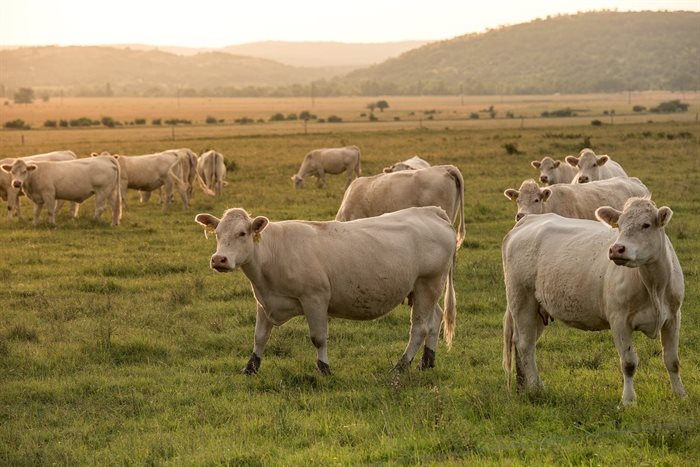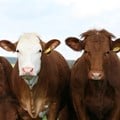Livestock communities not out of the FMD danger zone yet

According to the government announcement, currently the FMD zone in KZN is confined to two clusters only, which means that the restriction on the movement of animals was sufficient to prevent the disease from spreading. “This announcement is thanks to the cooperation of players in the livestock communities who have strictly adhered to the protocols placed on them, which limited the movement of animals.”
“We are not out of the danger zone yet, given that there are major implications for all the longer the disease continues to linger,” says Van Reenen.
He added that it is of cardinal importance that everyone in the industry works together to get the disease under control.
“The only way we are going to do this is if we have movement restrictions in place, so the government is doing what it must to ensure it plays its part in curbing the outbreak. The rest is up to the industry. We must take the solution seriously; there can be no shortcuts in protecting our national herd,” he warns, adding that reducing the risk of infectious diseases must be a serious consideration at every point of the value chain.
More industry participation
Van Reenen has been calling for more industry participation in implementing biosecurity, which will go a long way in limiting FMD outbreaks.
He says that the biggest impact of the current crisis, if it continues, will be felt in South Africa – both at industry and consumer level as 95% of beef produced here is traded in SA. The country would see an oversupply of beef which would then impact beef prices for all players, including beef producers, farmers, agents and consumers. It could also have broader implications, such as banning of beef exports to key markets.
“The 5% of beef that is exported is critical, despite it sounding minimal,” says Van Reenen, who references the 2019 FMD outbreak. When it happened and export bans were announced, the beef price in SA dropped by about 40% due to the oversupply in the market.
“We need greater industry cooperation from all players in protecting South Africa’s livestock industry by ensuring a healthier herd. This starts with implementing measures and protocols that provide quality and health assurances for cattle,” says Van Reenen.














